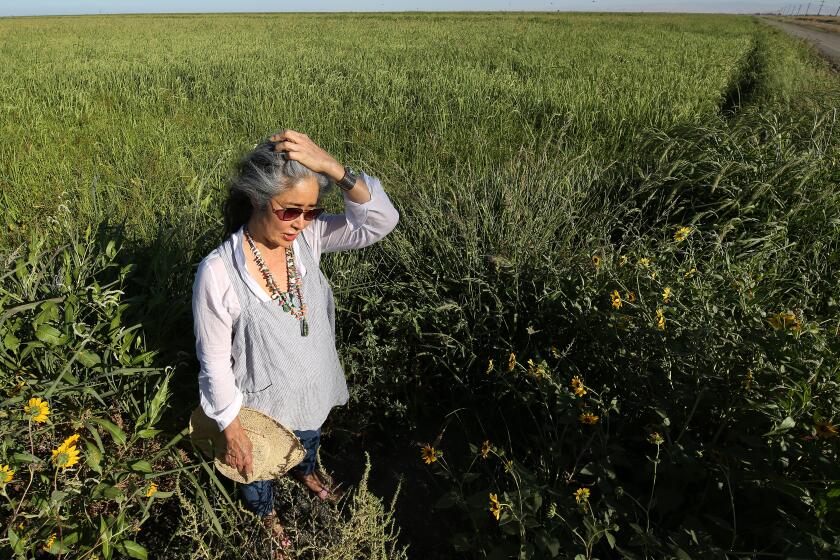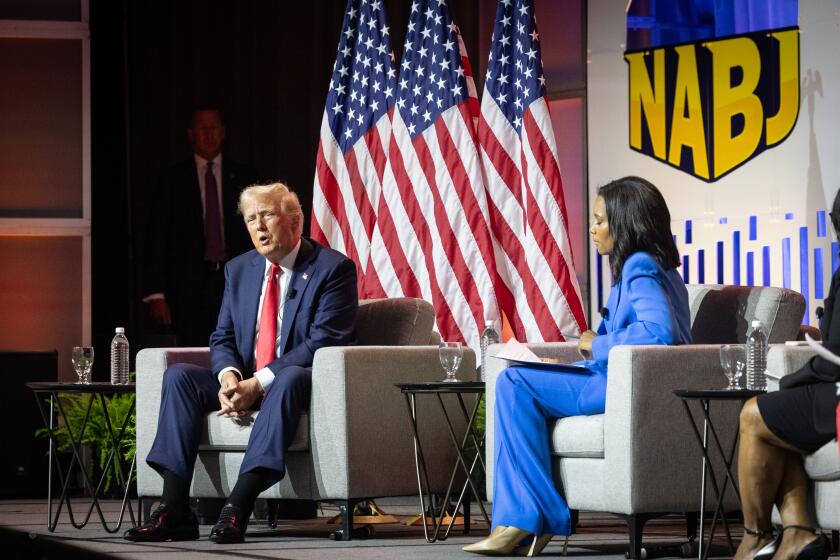Laotian Americans’ stories are obscured by history. That’s why we need ethnic studies
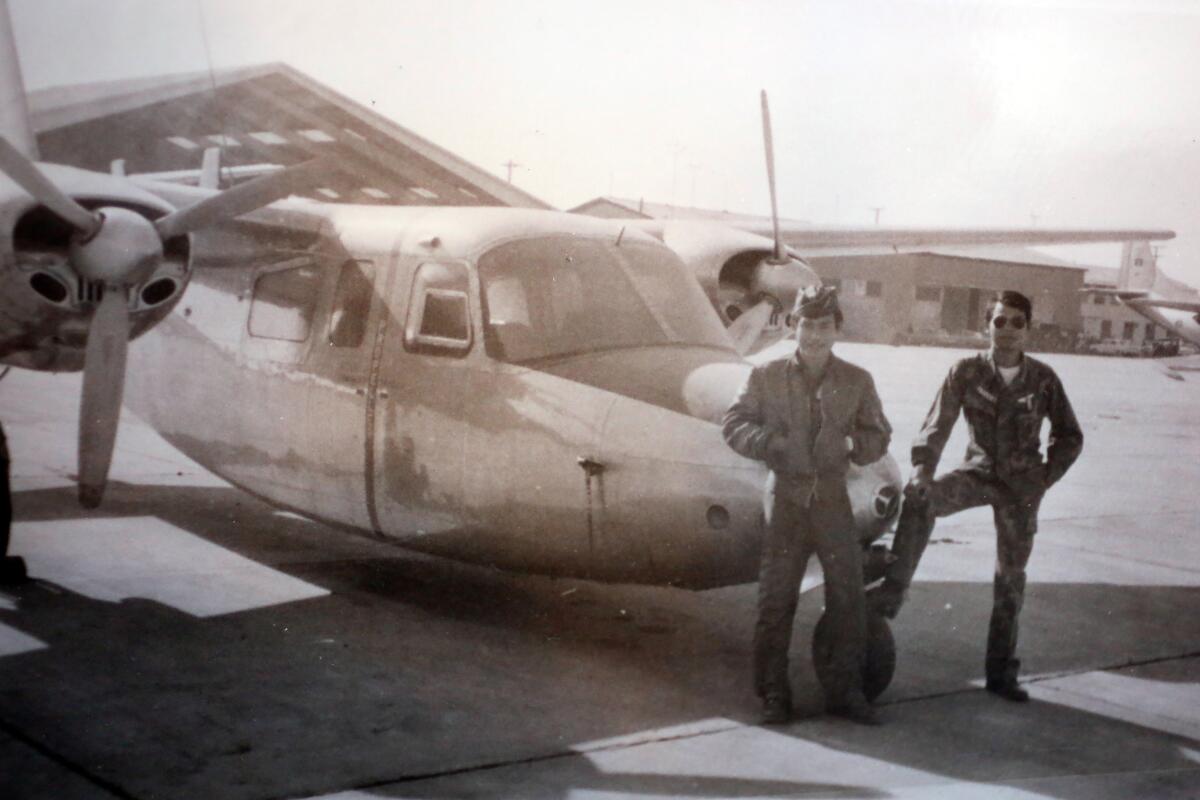
- Share via
One recent weekday in southeast San Diego, in a barbershop tucked behind an auto repair business, Jumbo Chanthamart, 26, recounted being thrown out of class in high school during a unit on the Vietnam War.
There was nothing said of the 2.7 million tons of U.S. explosives that were dropped on Laotian soil between 1965 and 1973, much of which remains in the ground and still kills or injures about 300 people every year.
The curriculum had nothing about how U.S. forces withdrawing from Southeast Asia left millions of Laotians at the mercy of brutal communist regimes, or how terrible the conditions were in the prison camps his parents fled. Actually, Laos never came up at all. Chanthamart objected loudly to the omission and was asked to leave.
“It’s ridiculous. Good history, bad history. It’s all still history, isn’t it?” Chanthamart said as he touched up a customer’s fade, a Laotian flag on display behind him.
“Damn,” responded John, the customer, who happened to be Laotian as well. “I didn’t know any of that.”
Perhaps it’s unsurprising that a conflict called the Secret War has been so obscured by history that even Laotian Americans struggle to find out about it. Chanthamart himself says he learned the history as a teenager only after reading about it on the internet. I’m embarrassed to admit I learned about it only a few weeks ago.
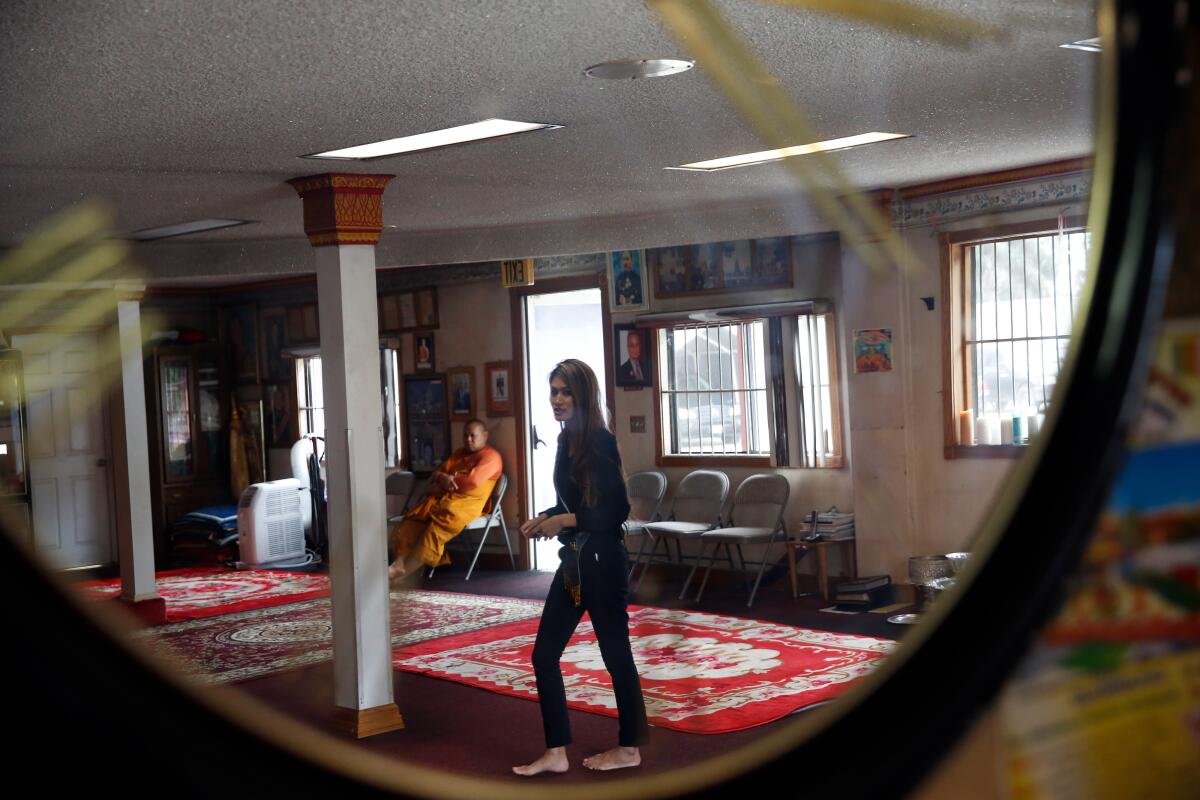
State legislators are considering a law that might help change that. Assembly Bill 1393 would require California educators to create a model curriculum about the Secret War that includes the perspectives of Laotian refugees.
Requirements like these and the proposed ethnic studies graduation requirements in California are decades overdue. But state educators delayed the overhaul of the ethnic studies curriculum last week after several advocacy groups complained that their histories were not included. Some conservatives criticized the curriculum for having words that were “too progressive.”
So I decided to spend some time getting to know the Laotian community in San Diego as a reminder of the most important reason to teach these histories: to understand the people around us.
Pretty or not pretty, it’s important that Americans understand why we have immigrants and why we have refugees.
— Pida Kongphouthone
We can argue over whether terms are too “woke” or “progressive.” We can and should passionately debate which histories and communities should be included and how best to teach about them.
But we need to remember that ethnic studies exist because the histories taught in schools are embarrassingly incomplete. And the exclusion of those histories not only leaves many of us ignorant but also forces people like Chanthamart to fight for acknowledgment of the basic facts of their existence.
These histories couldn’t be more essential in a state like California, where more than a quarter of the population is foreign-born and half of the state’s children have at least one immigrant parent.
Understanding history can make the difference between who gets refugee status and who instead gets demonized as an “illegal” immigrant; whether Central American asylum seekers are treated like human beings or held in cages at the border and separated from their families.
::
Like a lot of children of immigrants, Sourita Siri, 26, doesn’t love being asked where she’s from. It’s particularly irritating in her case because, when she does respond, no one seems to understand the answer.
“It’s like I have to whip out a map and give a history lecture every time,” Siri said.
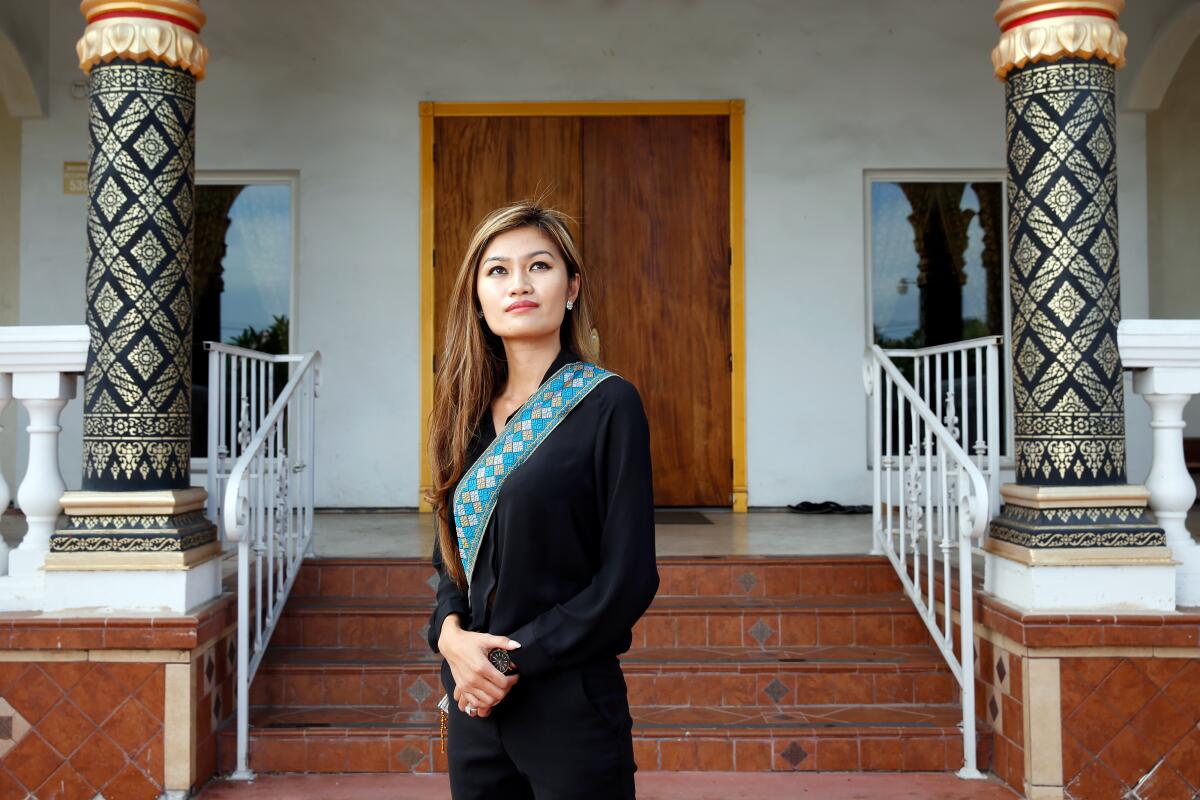
Unless they saw the 2017 Laos episode of Anthony Bourdain’s show “Parts Unknown” or caught the PBS documentary about the Hmong that came out that year, most people she encounters have no idea that the Vietnam War was fought in Laos as well as Vietnam and Cambodia, Siri said.
But Hmong and Laotian refugees have been settling in California since the 1970s, and now there are about 160,000 Hmong and Laotian people in the state. About 8,000 settled in San Diego, mostly in the southeast part of town, where Siri’s grandfather helped establish the first Laotian temple in the United States in 1980.
At first, the community was small and intimate. The temple was a rented, renovated one-story ranch home with the interior walls knocked down to make space for everyone to gather for important holidays and events.
When neighboring properties opened up, templegoers pooled their money and acquired them one by one. They petitioned the city to combine the lots until they had enough space to construct a bigger temple with its own parking lot.
Restaurants and stores clustered in the neighborhoods around the temple, and drew even more Laotian immigrants. Now southeast San Diego is a landing ground for many Lao immigrants and refugees, Siri said — not that anyone would know it at the high school she attended, where everyone assumed she was Filipino.
The Laotian American community has been too quiet, said Pida Kongphouthone, a Laotian American real estate agent and San Diego resident. Last year, when a state amendment establishing a model curriculum about Southeast Asian history excluded Laotians, the community had its wake-up call.
“We realized that we needed to be our own advocates and tell our own stories,” Kongphouthone said.
He and a group of Laotian Americans formed a group called LaoSD and began to lobby for the inclusion of their history. And in January, Assemblywoman Shirley Weber (D-San Diego) sponsored a bill requiring state educators to create a model curriculum about Laotian culture and history.
It’s critical that our history reckons with facts such as how U.S. intervention in Southeast Asia left Laos the most-bombed country per capita in history, Kongphouthone said.
We realized that we needed to be our own advocates and tell our own stories.
— Pida Kongphouthone
But it’s also important that we understand that Laotians, comprising more than 100 different ethnic groups, are part of the American social fabric, Kongphouthone said; that Hmong soldiers fought for America’s causes; that John Douangdara, a Laotian American Navy specialist, died serving with SEAL Team 6 in Afghanistan.
“Pretty or not pretty, it’s important that Americans understand why we have immigrants and why we have refugees,” Kongphouthone said.
For Sane Chanthaphavong, 67, who joined the U.S.-backed Royal Lao Air Force at 16 after his brother was killed in the conflict, the war was no secret. He flew more than 1,000 missions, escorting political figures and dropping bombs where American intelligence officers told him to.
Since he was a boy, the United States had always represented freedom and opportunity to him — American dollars paid for food, children’s educations and scholarships. But then the American soldiers left, and he ended up in a prisoner-of-war camp, which he describes as “the opposite of life.”
Because he was a pilot with valuable skills, two guards accompanied him everywhere, and he was forced to transport enemy officials. In the camps, communist soldiers starved refugees, sowed discord among families, even refused to let husbands talk to wives, attacking the social fabric of Laotian society.
“The father does not trust the daughter,” Chanthaphavong said. “The son cannot trust the mother.”

He and his wife eventually escaped to a Thai refugee camp, found a sponsor and resettled in San Diego. Chanthaphavong found a new life working as a machinist and became a father. He’s glad his story might be taught in schools now — he tries to tell it to as many young people as he can.
“To protect them,” Chanthaphavong explains. “To protect freedom.”
I asked Chanthaphavong why he wanted to come to America, and at first he gave me an answer I hear a lot: “I came for a better life.”
I don’t dispute the truth of the statement, and I know that if English were his native language, he could give a more eloquent answer.
But that narrative is just too simple. It obscures the painful complexity of Chanthaphavong’s journey to San Diego. It makes it seem like he was simply seeking prosperity when he was in fact fleeing for his life.
And it doesn’t explain the gold elephant pin on his lapel (a symbol of pre-communist Laos), or why he has never returned to his home country, though sometimes he gets homesick when raindrops fleck the screen doors of his home in San Diego.
I ask him again, and this time his answer is different.
“I came because I had nowhere else to go,” he said.
More from Frank Shyong
More to Read
Sign up for Essential California
The most important California stories and recommendations in your inbox every morning.
You may occasionally receive promotional content from the Los Angeles Times.
